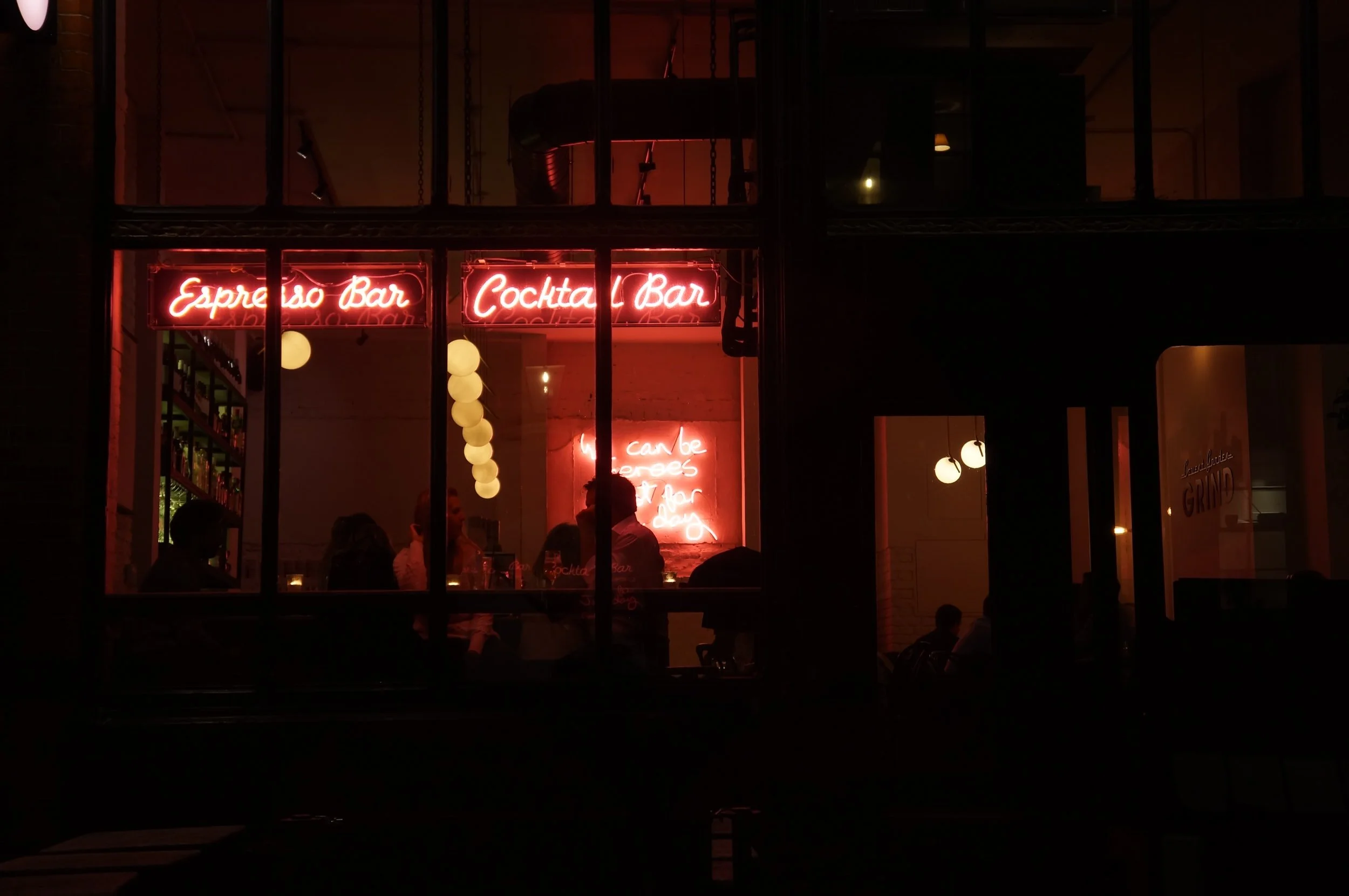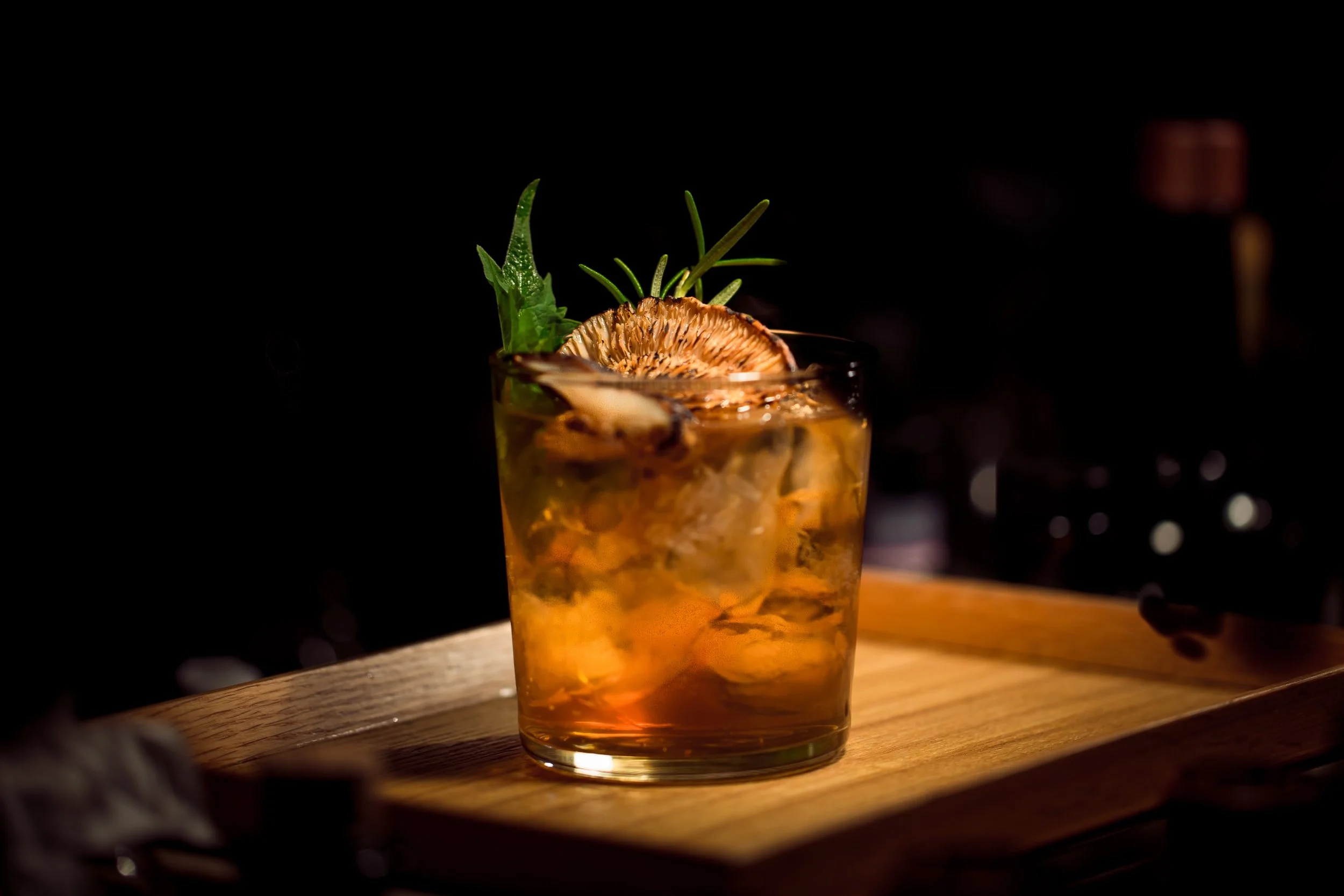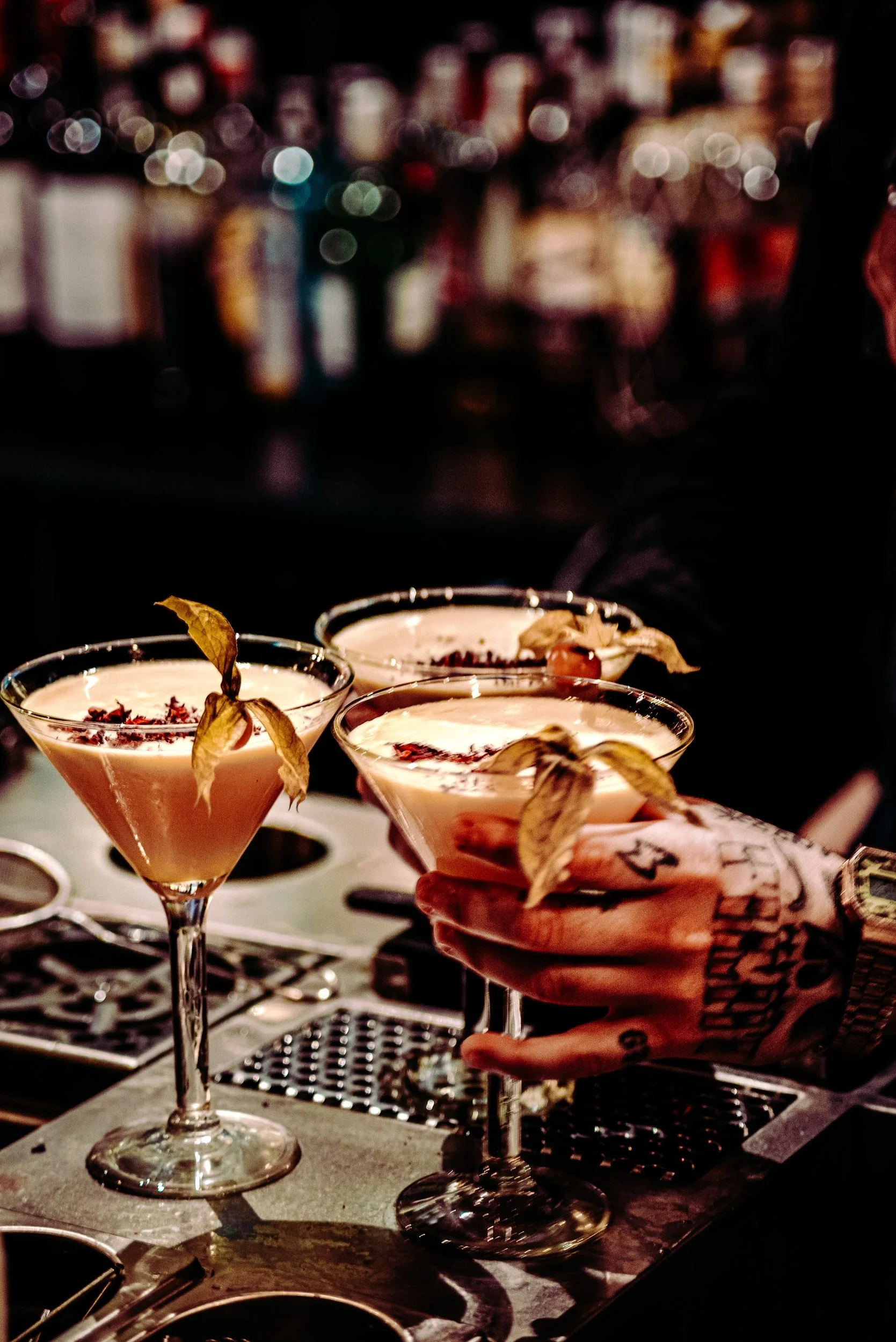The Non-Alcoholic Cocktail Is As Old as Cocktail Culture Itself
People who are suspicious of the zero-proof drink will often sneer at it, and may even suggest that it’s a made-up phenomenon that doesn’t deserve the respect of the bar world itself. Here’s the thing, though: The non-alcoholic drink is as old as cocktail culture itself.
Put another way: The oldest American cocktail books, which are the basis for contemporary bar culture, feature non-alcoholic drink recipes alongside early recipes for mint juleps, whiskey sours and Manhattans.
Whether it’s called a temperance drink or a mocktail or zero-proof, the non-alcoholic drink has been here all along. It’s not an afterthought to boozy drinks. It is a sister category that sits alongside the fizzes, coolers and punches that define the pre-Prohibition cocktail era.
Jerry Thomas’ “Bar-tenders Guide: How to Mix All Kinds of Plain and Fancy Drinks,” published in 1862, is considered by historians to be the first cocktail book as we know it, compiling recipes of the golden age of cocktails. A section, called Temperance Drinks, includes the specs for drinks such as the soda cocktail, orgeat lemonade, Saratoga cooler and milk & seltzer (a precursor of the egg cream).
William “Cocktail” Boothby published his seminal recipe compilation in 1891 in San Francisco. “Cocktail Boothby’s American Bar-Tender” featured nearly 400 recipes for mixing “absinthes, cocktails, coolers, cobblers, crustas, fixes, flips, fizzes, hot drinks, lemonades, punches, sangarees, shakes, toddies, etc,” according to the title page. Boothby’s non-alcoholic drinks are listed in the Lemonades sections, which include variations made with raspberry syrup, orgeat syrup and even raw eggs. (Raw eggs, shaken into drinks with ice and citrus, are often found in early cocktail recipes; when emulsified, they lend drinks a frothy, silky texture.)
“Stuart’s Fancy Drinks and How to Mix Them,” published in New York in 1896 by Thomas Stuart, also features a Temperance Drinks section, with lemonade riffs as well as orangeade, soda nectars and sherbets, which appear to be the early ancestors of today’s fizzy flavored soft drinks.
That temperance drinks were given space within the pages of early cocktail titles points to their presence at bars from the start. To be sure, this was a smaller section of recipes, as opposed to say, the multiple punch and sling recipes. But that the non-alcoholic drink was included in early books illustrates two points: The non-alcoholic drink was requested enough at turn-of-the-century bars that professional barmen needed to know several popular recipes; and Thomas, Boothby, and Stuart, as the foremost mixologists of their era, afforded temperance drinks respect by including them in their recipe compilations from the very beginning.
While the road to respect is still long for the non-alcoholic drink, it clearly emerged during the golden age of cocktails. The zero-proof drink has the same historic bona fides as the martinis, Manhattans and juleps that have come to symbolize pre-Prohibition authenticity.
It’s time to give the zero-proof cocktail the respect it deserves.



